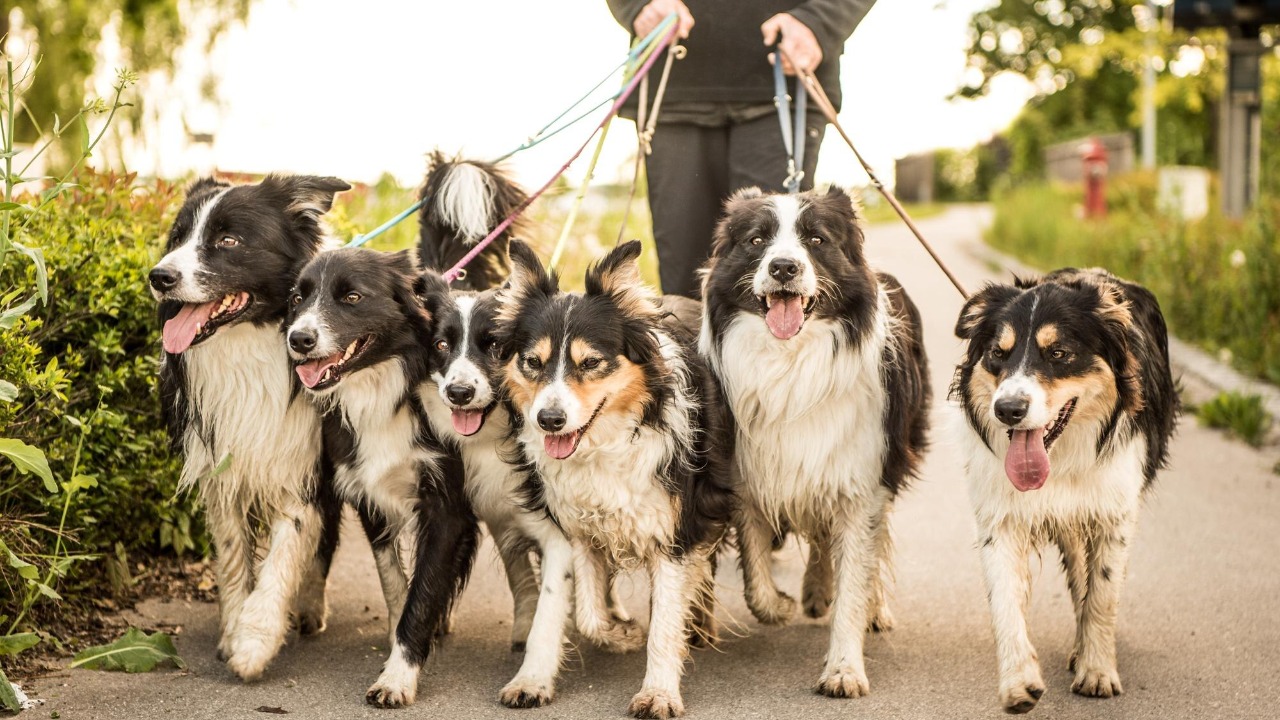
Contrary to popular belief, the roots of modern dog breeds extend far beyond the Victorian-era breeding efforts of the 19th century. A recent analysis has revealed that these breeds trace their lineages back to prehistoric times, challenging long-held assumptions about canine domestication. This discovery underscores the presence of ancient genetic markers in today’s dogs, linking them to wolves from thousands of years ago and reshaping our understanding of breed development across millennia. By examining archaeological and DNA evidence, researchers have uncovered that many contemporary breeds share foundational traits with prehistoric canines, debunking the notion of a 19th-century invention.
The Persistent Victorian Myth
The historical narrative that attributes the creation of over 300 modern dog breeds to Victorian breeders in 19th-century Britain has been widely accepted. This era saw a surge in selective breeding practices, leading to the standardization of breeds like the Bulldog and Pointer. The myth gained traction through kennel clubs and breed standards established in the late 1800s. However, this story has been oversimplified. Victorian efforts primarily refined existing lineages rather than originating them, as recent evidence has shown. The Victorian era played a significant role in the development of modern breeds, but it was not their birthplace.
Prehistoric Foundations of Domestication
The earliest evidence of dog domestication dates back around 15,000 years ago in Eurasia, based on fossil records of wolf-like canines buried alongside humans. Genetic studies have revealed that prehistoric dogs diverged from wolves through natural selection and early human partnerships, forming basal populations for modern breeds. Specific prehistoric sites, such as those in the Near East and Europe, have yielded ancient dog remains that show traits akin to herding and hunting breeds today. These findings underscore the deep historical roots of our modern canine companions.
Genetic Evidence Linking Past and Present
Modern DNA analysis techniques have been instrumental in tracing breed ancestries. These techniques have identified shared haplotypes between modern dogs and prehistoric samples from 11,000 BCE. Breeds like the Saluki and Afghan Hound retain genetic signatures from ancient Middle Eastern hounds dating back over 4,000 years. Ancient migrations played a crucial role in spreading these genetic lines across continents, influencing breed diversity long before the Victorian period.
Case Studies of Ancient Breed Precursors
The prehistoric roots of working breeds are evident in archaeological evidence. For instance, mastiff-like dogs in Roman-era Europe predate Victorian developments by centuries. Hunting breeds’ origins, including pointers and retrievers, can be traced back to medieval European and even Bronze Age tracking dogs. Surprisingly, even toy breeds have ancient ties, with lapdog prototypes appearing in Egyptian and Mesopotamian artifacts from 3,000 BCE.
Archaeological Discoveries Reshaping History
Key archaeological excavations have provided valuable insights into the history of dog domestication. The Bonn-Oberkassel site in Germany, dating back 14,000 years, yielded the oldest known dog burials with human companions. Siberian permafrost has preserved 9,000-year-old dog remains that genetically align with northern breeds like the Husky. These artifacts, combined with isotopic analysis, demonstrate prehistoric dogs’ roles in human societies, predating organized breeding.
Implications for Modern Breed Preservation
Recognizing the prehistoric roots of modern breeds has significant implications for ethical breeding practices today. Emphasizing genetic diversity can help avoid health issues that were amplified in the Victorian era. This knowledge can also impact breed registries, urging the inclusion of ancient lineage data to better understand and protect heritage traits. Ongoing research, such as expanded genomic sequencing of ancient remains, is crucial to further map breed evolutions and preserve the rich history of our canine companions.
More from MorningOverview